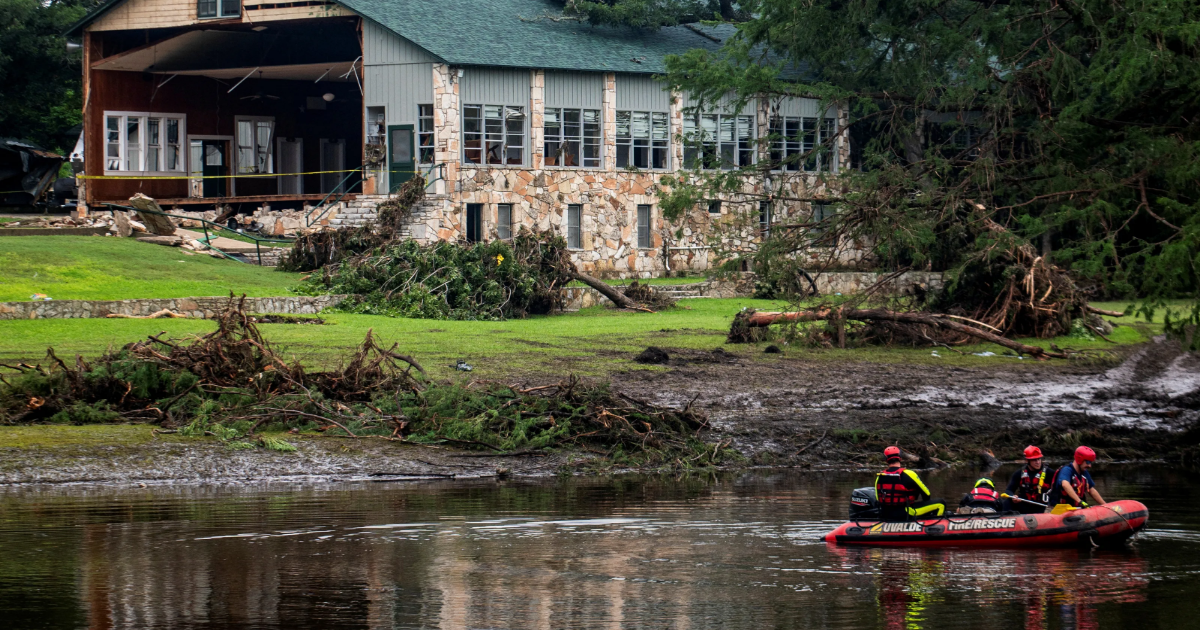Nearly a decade before catastrophic flooding in south Texas killed at least 95 people, including 27 girls and counselors from a beloved summer camp, the state’s Division of Emergency Management denied requests from the county where the camp is held for a $1 million grant to improve its flood warning system.
Summer camps were top of mind during county leaders’ discussions of the project, meeting minutes show. Then-County Commissioner Tom Moser envisioned designating point people at each camp who would monitor a website and alert camp counselors and attendees if evacuation was needed.
The Division of Emergency Management did not answer USA TODAY’s specific questions about why the county’s applications were rejected.
“As we are in the middle of ongoing response operations, our priority is life-safety of the public right now,” chief communications officer Wes Rapaport said in an email.
Spokespeople for Kerr County did not respond to requests for comment. Phone and email messages attempting to reach Moser and Dub Thomas, Kerr County’s deputy sheriff and emergency management coordinator, went unreturned.
In June 2016, President Barack Obama declared a major disaster in Texas after torrential rains killed 20 people and destroyed hundreds of homes and businesses in the state’s southeast corner. It unlocked more than $100 million in money from the Federal Emergency Management Agency (FEMA) to both clean up the damage and help communities across the state prepare for the next disaster.
Kerr County, part of a region whose rivers’ and creeks’ high flooding potential earned it the nickname “Flash Flood Alley,” was among the communities that sought preventative funding. It asked for $1 million to build a flood warning system that would have upgraded 20 water gauge systems, added new water level sensors and posts, and created software and a website to distribute that information to the public in real-time.
More: Hard-hit areas in Texas face new flooding risks; death toll climbs to 104: Live updates
More: A flood killed his entire family in 2015. Now, he’s joined search efforts in Texas.
Although some nearby jurisdictions, such as Cornal County, built siren systems to alert residents to floods, Moser noted that many people in Kerr County opposed sirens. A website, he hoped, would fill that void.
“We can do all the water level monitoring we want, but if we don’t get that information to the public in a timely way, then this whole thing is not worth it,” he said at a January 2017 meeting, days before the application deadline.
Under FEMA’s Hazard Mitigation Assistance program, the federal government can distribute money for preventive measures to states that request it. Cities, counties and nonprofits then apply to their states for a piece of it. In Texas, the Division of Emergency Management decides which applications to approve.
The Texas Division of Emergency Management denied Kerr County’s 2017 application, meeting minutes show. Kerr County applied again in 2018, when more federal funding became available after Hurricane Harvey. But meeting minutes indicate that Texas’ emergency authority again did not approve it.
Kerr County has long used software called CodeRed to notify residents about floods, fires and other emergencies via cell phone. In 2020, county leaders voted to expand CodeRed by integrating it with a FEMA system, which would enable it to alert people passing through the area, even if they don’t have the local CodeRed app.
The expansion, however, was just an expansion of the old system – not the new system with upgraded gauges, new sensors and a public website that the county desperately wanted.
“We’ve been trying to get a new Flood Warning System here,” Thomas, the county’s emergency management coordinator, said at the November 2020 meeting.
“We just haven’t been able to do it.”
